Your brain is a powerful, yet imperfect, machine. To process the endless stream of information you encounter daily, it relies on mental shortcuts known as cognitive biases and illusions.
These shortcuts help you make quick decisions, but they often distort your perception, memory, and judgment.
From seeing patterns that don’t exist to misremembering events, your mind plays subtle tricks on you every day.
Understanding these quirks not only reveals how your brain works, but also helps you recognize—and sometimes outsmart—these fascinating mental habits.
1. The Stroop Effect
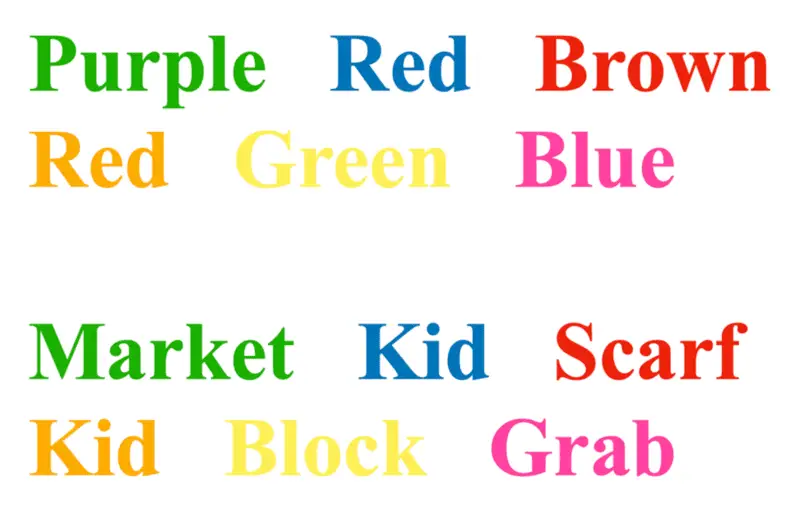
Ever tried reading the word “blue” printed in red ink? Your brain stumbles. The Stroop Effect demonstrates how automatic processes—like reading—clash with conscious tasks, such as naming ink colors.
According to research from the American Psychological Association, this mental tug-of-war slows your response time.
It’s a vivid reminder of how challenging multitasking really is and how easily your attention can be hijacked by conflicting information, even during the simplest activities.
2. Change Blindness

Have you ever missed a major change happening right in front of you? Change blindness is the brain’s tendency to overlook significant alterations in a scene, especially after a brief visual interruption.
The famous ‘door study’ showed how easily people failed to notice when the person they were talking to was swapped out.
This phenomenon raises questions about the reliability of eyewitness testimony and reveals how much your mind fills in the gaps for you.
3. The Bystander Effect

When emergencies unfold, you might assume someone else will step in. This is known as the bystander effect, where the presence of others leads to diffusion of responsibility.
The tragic Kitty Genovese case brought this phenomenon to light, but modern research confirms it still happens today.
Your brain unconsciously calculates social cues, often making you less likely to act when surrounded by others—even when help is urgently needed.
4. Confirmation Bias

Your brain loves to be proven right. Confirmation bias is the tendency to seek out and prioritize information that supports your existing beliefs, while downplaying or ignoring opposing evidence.
This mental shortcut can create echo chambers and fuel polarization—both online and in real life.
Research from Stanford University shows how this bias can cloud judgment and impair decision-making, even when presented with clear facts.
Recognizing this trick is the first step toward broadening your perspective.
5. The McGurk Effect

Sometimes, what you see changes what you hear. The McGurk Effect occurs when conflicting visual and audio cues—like mismatched lip movements and speech—make your brain “hear” something different than what’s actually said.
This odd illusion, covered by the BBC, shows how your senses work together, often blending information in surprising ways.
It’s a striking reminder that perception is a collaborative process in your brain.
6. The Placebo Effect

Your mind has a remarkable influence over your body. The placebo effect occurs when simply believing a treatment will work leads to real, measurable improvements—even if the treatment has no active ingredients.
This phenomenon, widely documented in Harvard Medical School research, highlights the powerful connection between expectation and physical response.
The placebo effect shapes how new medicines are tested, reminding us that the brain’s belief alone can spark genuine physiological changes, sometimes rivaling actual medical interventions.
7. The Anchoring Effect

First impressions matter—especially with numbers. The anchoring effect is a cognitive bias where initial information, like a starting price or suggested value, powerfully shapes your later judgments.
Even arbitrary numbers can sway your decisions, as revealed in classic experiments by Nobel laureate Daniel Kahneman.
This mental shortcut explains why negotiations often begin with high or low offers—and why your brain tends to adjust only slightly from that “anchor,” no matter how unrealistic it is.
8. The Rubber Hand Illusion
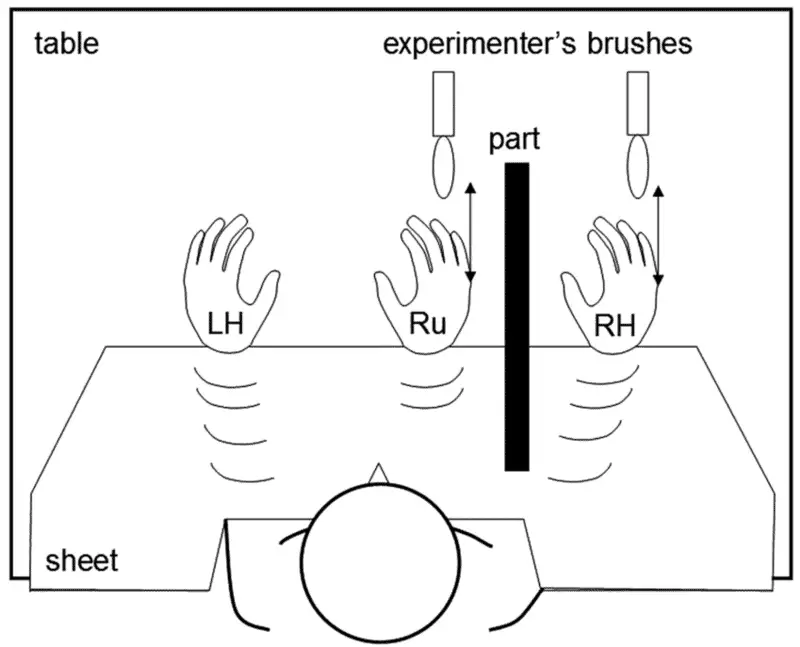
The rubber hand illusion is a fascinating demonstration of how your brain merges sensory information to create a sense of body ownership.
In this experiment, both a visible rubber hand and your hidden real hand are stroked in sync.
Amazingly, many people begin to feel as if the fake hand is their own.
As detailed in Nature, this illusion reveals just how easily your mind can be tricked into adopting outside objects as part of your body.
9. Priming

Sometimes, your brain is influenced before you even realize it. Priming happens when exposure to a stimulus subtly shapes your later thoughts or behaviors.
For example, seeing words associated with old age can cause people to walk more slowly—a finding demonstrated in research published in Science.
This effect shows how easily your mind can be nudged in a particular direction, often without your conscious awareness.
10. The Spotlight Effect

Ever felt like all eyes are on you after a small mistake? The spotlight effect is your brain’s habit of overestimating how much others notice your actions or appearance.
This psychological trick often fuels social anxiety, making you feel more conspicuous than you actually are.
Studies from Cornell University show that most people barely register these details about others, even though you think they’re front and center.
11. False Memories

Your memories aren’t as reliable as you might think. The brain can generate false memories—detailed recollections of events that never actually happened—especially when influenced by suggestions or leading questions.
Psychologist Elizabeth Loftus has shown how easy it is to implant these false recollections, with major implications for the justice system.
The Innocence Project highlights how mistaken eyewitness testimony, sometimes fueled by false memories, has led to wrongful convictions.
12. The Gambler’s Fallacy

The gambler’s fallacy tricks you into thinking that past random events influence future outcomes. For instance, after flipping several tails in a row, you might expect heads to be “due” next.
This is a classic misunderstanding of probability, as explained by MIT.
Each coin flip is independent—your brain just craves patterns, even where none exist.
13. Pareidolia
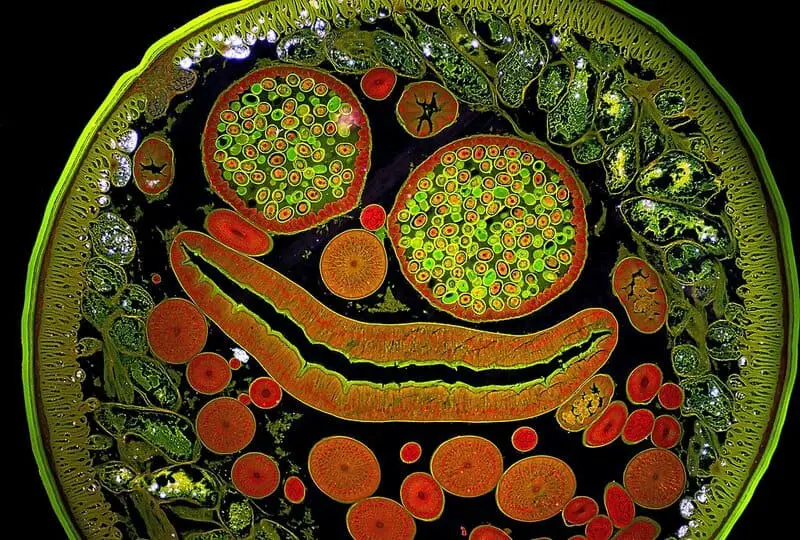
Have you ever spotted a face in a cloud or on the surface of a rock? That’s pareidolia—your brain’s knack for finding familiar patterns in random objects.
This fascinating tendency is so strong that people even saw a “face” on Mars in NASA images, sparking global curiosity.
Your mind is wired to recognize faces and shapes quickly, which once aided survival, but now leads to delightful (and sometimes eerie) illusions in everyday life.
14. The Frequency Illusion (Baader-Meinhof Phenomenon)

Have you ever learned a new word or noticed a new car model, only to start seeing it everywhere? That’s the frequency illusion, also known as the Baader-Meinhof phenomenon.
This occurs because your brain’s selective attention kicks in, making recently learned information seem suddenly ubiquitous.
According to The Guardian, it’s a cognitive bias that makes the world feel more interconnected—and surprising—than it actually is.
15. The Mere Exposure Effect

The more you encounter something, the more you tend to like it. This is the mere exposure effect, a psychological phenomenon where repeated exposure to a stimulus increases your preference for it.
It’s why catchy songs grow on you and why familiar brands feel more trustworthy.
According to the American Psychological Association, this effect shapes everything from advertising strategies to your own personal favorites, often without your conscious awareness.
Conclusion
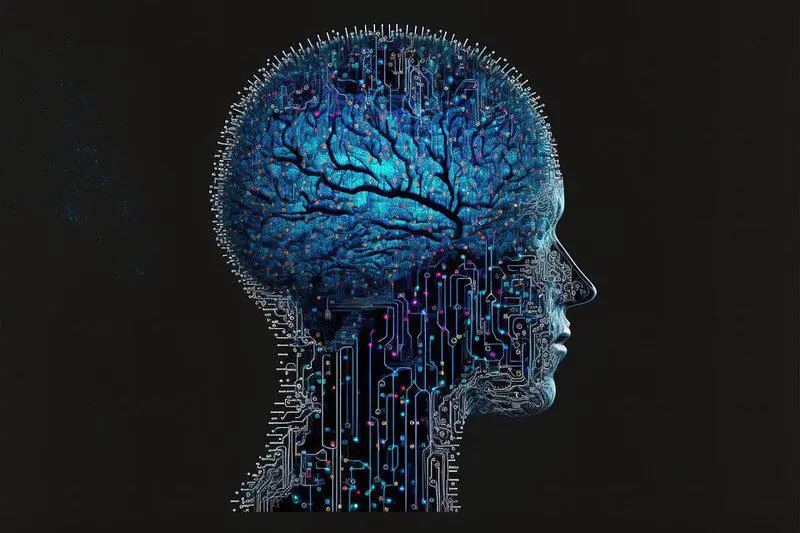
From illusions and biases to subtle influences, these science-backed tricks expose how your brain takes shortcuts to navigate a complex world.
By recognizing these quirks, you can make more informed decisions, build self-awareness, and better appreciate the fascinating ways we all perceive reality.
Understanding the mind’s hidden habits brings both power and perspective.
If you’re curious to dive deeper, explore resources on cognitive psychology—you’ll never see your own thoughts quite the same way again.
.article-content-img img { width: 100% }

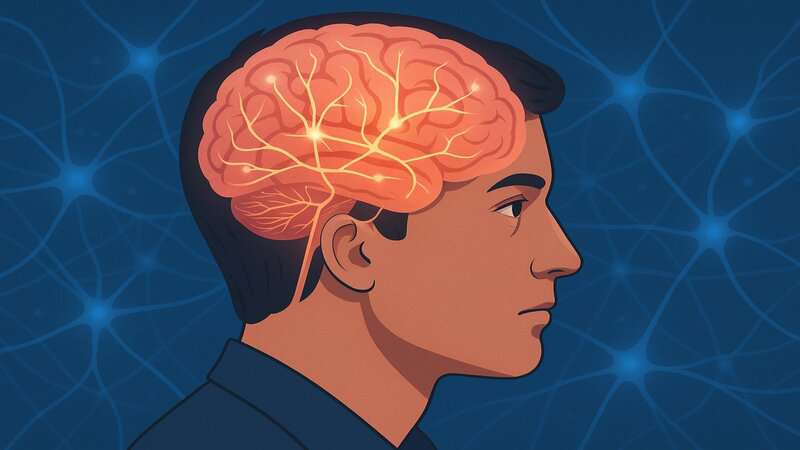

Vielleicht interessiert es Sie:
Wussten Sie! Minensuchratten auf dem Schlachtfeld und sie sind super effektiv!
Wie viele Giraffenarten gibt es? Leben sie alle in Afrika?
Der Vogel ist das Weibchen der Vögel: wahr oder falsch?
Warum bauen Biber Dämme? Welchen Nutzen?
Warum leben manche Tiere nachtaktiv? Welche Vorteile?
Küssen Tiere? Ist das die gleiche Bedeutung wie Menschen?
200+ Hilarious Seahorse Jokes That Will Make You Smile and Giggle
200+ Funny Investment Jokes to Boost Your Financial Humor Game